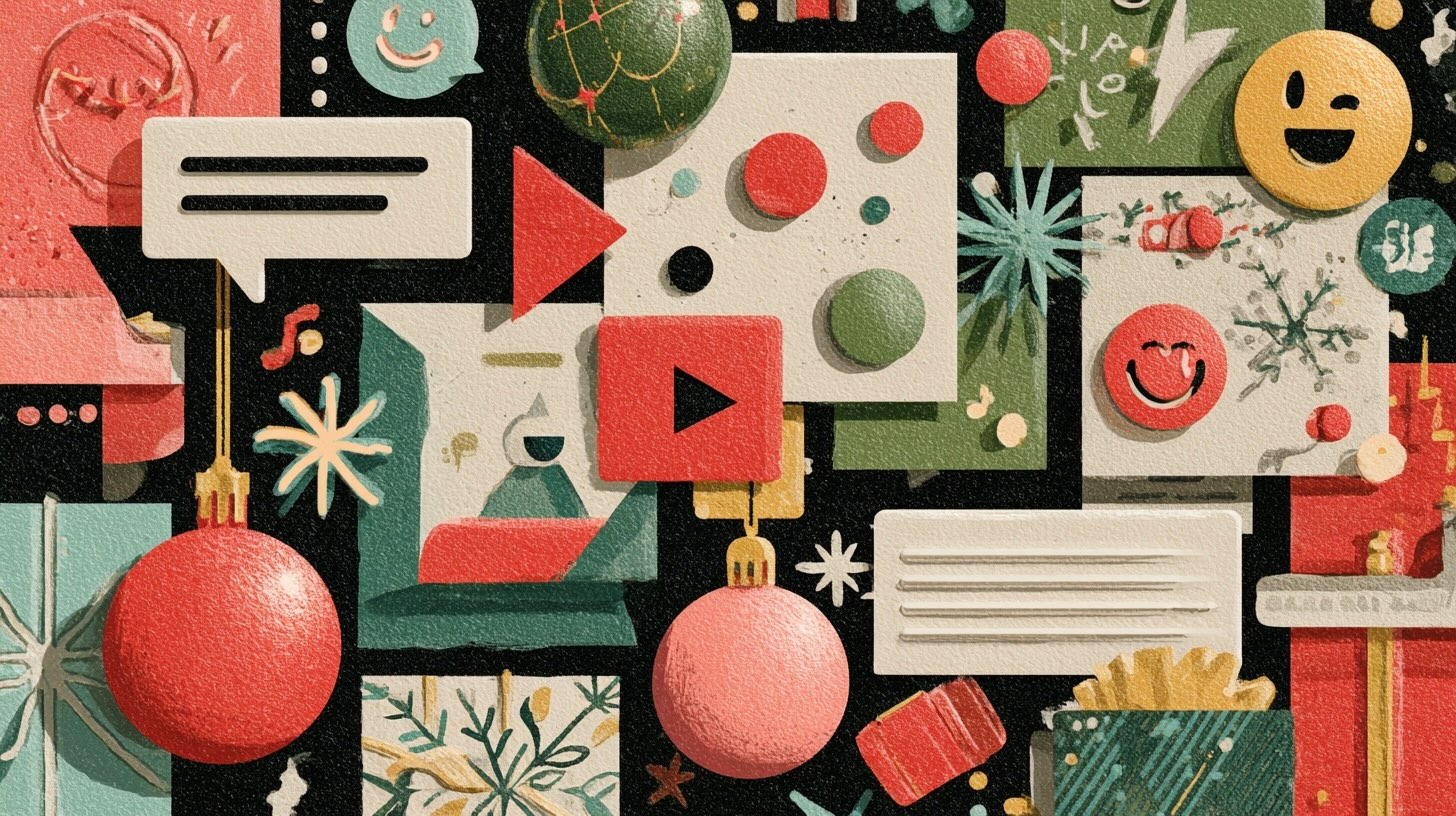I sat down with our Senior Brand Strategist, Nathan Fleming, to discuss Gillette’s new We Believe: The Best Men Can Be short film. For those who haven’t seen it — or those who, like us, want to watch it again — we’ve included it below the discussion.
Initial reactions:
Nate: My initial reaction was well of course, these are the issues of the day to get behind. I think if I was going to sum up my reaction in a word, it would be relief, I suppose. Or maybe proud. It is a really cool interpretation of the positioning they have been using for so long, which has always been about performance and superiority. Traditional male values. But this new approach takes pretty much the same language and infuses it with new meaning. It’s remarkable.
Jen: I like your one word reaction. Can I say, “teary?” (Nate: Yeah! Wistful.) This is the third time I’ve seen it, and to me, it is — as you alluded to — the issue of our day. And although the issue has been very focused on men, because that is who the perpetrators happen to be, to me it’s about being better humans. Any brand that wants to support that, I’m going to get behind.
Why We Think Gillette Did This:
Nate: Last night I was scrolling through my newsfeed and saw a Facebook status with a red background that read “Gillette can go f*ck themselves, I will never buy another product from them again.” So then I went and watched the ad for the first time and then came back to read the comments. The first guy to comment on it said, “F*ck it. I’m with you man,” and the second guy to comment on it said, “What did they do?” So I copied a link to an article that talked about the ad, and then I pointed out that…
“…Gillette is one of a long list of brands that belong to a company called Procter & Gamble, the company behind the decision to associate Gillette with the values expressed in this ad. Guess who their #1 customers are? Grandmothers, mothers, wives, and daughters. Not us fellas. Trust me this was a calculated move emboldened by the likes of Nike and Levi’s, two other brands who, to their own benefit, recently took hard stances on polarizing social humanitarian issues. I applaud them all.”
If I were to offer a theory as to why P&G decided to do this did it, it would be because they wanted to go ahead follow suit with some other brands who have started a trend of actually standing for something. It’s noble and I think social issues are a true bastion for brand-building and connecting more strongly with consumers. Or not. Moves like this imply a very strong message that says, “If you’re motivated by social issues and your values don’t align with ours, then we’re okay if you don’t buy our product, because we’re not for everybody.” That’s from a branding perspective. From a straight-up human perspective, I think they did it because somebody had to, somebody with some clout and the ability to spark some widespread conversation.
I read a Wall Street Journal Post with 1600 comments and almost every comment was from a male all with the same sentiment: “I don’t need to be lectured by a company or a brand while I’m shaving,” or “stop scolding me.” I just find that interesting because I didn’t feel scolded by it at all. I was relieved and proud. And when I read the decrying status in my FB news feed, I thought, “Dude. You realize you might as well have just publicly said, ‘I’m the problem — the reason that this ad exists in the first place?’ ”
Jen: I agree that some brand was eventually going to take on the issue of toxic masculinity. And to build on your point in terms of branding, brands have to be relevant if they want to maintain and grow market share. That includes taking part in the culture where the brand’s audience lives. The examination of the dark side of masculinity has been such a large cultural conversation for so long now with no signs of stopping. It’s on everyone’s minds these days. That means the price of silence begins to be costly.
That certainly must have played into Gillette’s decision. Because if your tagline is “the best a man can get,” and you say nothing while this broader conversation continues to go on culturally, then eventually you will become the butt of the joke. All this to say, I don’t think that they had much of a choice. Ultimately, they were going to have to become a part of the conversation. In doing so now, they’ve created an opportunity to lead the discussion in a direction they want it to go, toward the best possible outcome for their bottom line.
Nate: Right. Gillette is one of the examples we use in our branding workshop. They’re an enduring expression of a certain set of Ruler archetype values — status, performance and stability. The price point even invokes the Ruler value of prosperity because, damn, they’re expensive! Not too long ago they had an ad that wasn’t the typical high-performance-sports-car-adrenaline variety we’re all used to. Instead, it was this intimate tiny film about a middle-aged son going to care for and shave his dad because his dad couldn’t shave himself. As a Dad with two sons, it hit me right in the feels. It’s still about being a man. A good man. It’s also about bringing the best possible tool for the job. This latest ad seems like a natural next step from that. It starts to lean into the higher levels of the Ruler archetype, which is more about benevolence and acting in the best interest of others. So it’s also a really nice evolution of a brand that historically has aligned with more traditional male values. It’s still about male values, which are becoming increasingly more aligned with what could be considered traditional Caregiver values of compassion, empathy and nurturing.
Future Impact:
Jen: With this pivot they are making a play to redefine a bit of masculinity. They clearly understand their role — as advertisers they’re part of the conversation whether they like it or not, because all the messages we all are exposed to about masculinity make up our collective cultural definition of what it means to be a man. In fact, maybe advertisers have an outsized role in shaping certain ideas that we have, but the fact is they’ve always been part of shaping cultural understanding.
The conversations taking place in the world today about gender roles, gender equality and gender fluidity have reached a turning point. These are no longer discussions on the fringes of society or whispers in back halls. The discussions are out in the open, causing everyone to re-examine previously-held beliefs.
The questions for brands are: how do we want to be shaping the future society? And how do we make money? I think it’s refreshing to see that you can do both. I remember there was a study back in 2017 (Edelman Earned Brand Study) when this trend of brands taking a stand was first identified, and this stat has stuck with me — something like 67% of people say that they would try a brand for the first time simply based on that brand taking a strong stand on an issue. I’m sure Gillette did a lot of research to make sure that this was going to net out in their favor. And last year, Nike and Levi’s certainly helped pave the way. I think in terms of impact on the ad industry, we’re going to continue to see more and more brands taking a stand, because it appears customers have an appetite for it.
Nate: You have a new generation of consumers who will soon dominate the consumer landscape, they’re already more powerful spending-wise than baby boomers, and they have different values. At some point, people have to get over that irrational fear that if you do something meaningful it’s going to destroy you. If you look at what happens with the brands in terms of general attitudes and dispositions after a polarizing move like this, they’re just redistributed. You’ve got people who may have been apathetic or even ambivalent about the brand before, but that’s changed now that they have taken a hard stance on something. And let’s remember, P&G’s customer base is predominantly female. So if the average home’s shopper-in-chief is out shopping for razors for her husband — he’s probably just gonna end up with whatever she feels best about buying.
Jen: Or I’m a mom buying them for my teenage son, what do you think I’m going to buy?
Nate: People forget that advertising is targeting the people that are going to spend the money on the product, which in this case is not necessarily the dude. And I hope moves like this don’t become a cautionary tale because of backlash. I hope brands continue to take risks.
Jen: I think they will because if nothing else, we’re sitting here talking about it.
https://www.youtube.com/watch?v=koPmuEyP3a0


%402x.svg)

.svg)
.svg)
.svg)



%20(1).avif)




